Severe turbulence event aloft Myanmar on 21 May 2024
28 May 2024
Leung Yan-Yu Christy, Cheung Ping, Kok Mang-Hin Marco
Singapore Airlines flight SQ321 departed London for Singapore on 20 May 2024 and encountered severe turbulence while passing over Myanmar during its en-route phase on 21 May. The aircraft then diverted to Bangkok for emergency landing. According to media reports, the severe turbulence had caused one fatality and multiple injuries on board.
Preliminary analysis of the Automatic Dependent Surveillance – Broadcast (ADS-B) data [1] showed that SQ321 had experienced a severe turbulence event around 07:50 UTC on 21 May near 16.5N, 95.2E at 37,000 feet above the Irrawaddy Delta, Myanmar (Figure 1). ADS-B data showed that the flight altitude did not change much for most of the time before the event but the vertical speed exhibited very significant fluctuations around 07:50 UTC, accompanying by large vertical acceleration. The root mean square of the vertical acceleration (RMSVA) in a running 5-second window was peaked over 0.4g (Figure 2), which is notably above the threshold of 0.3g denoting severe turbulence [2].
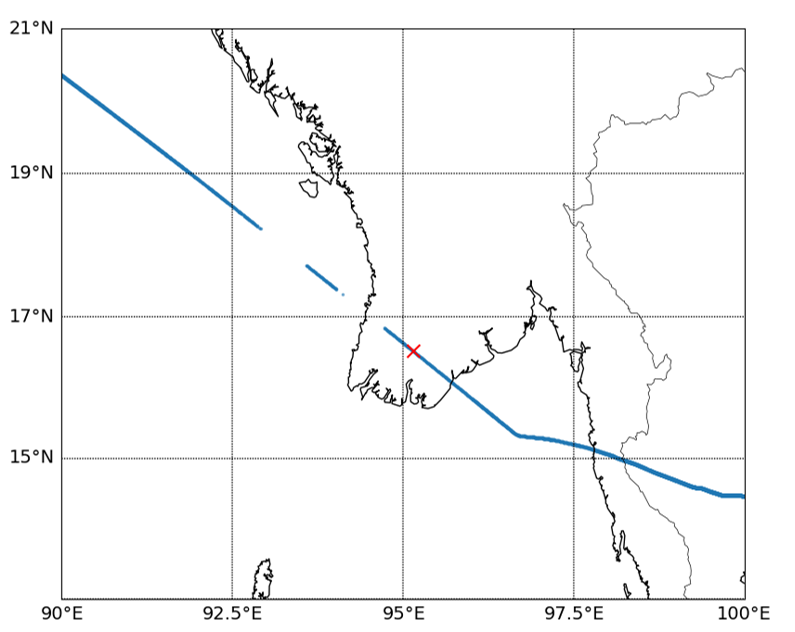
Figure 1: The flight route and the analysed location when SQ321 encountered severe turbulence (marked with a red cross) (Source of flight route data: Flightradar24[1])
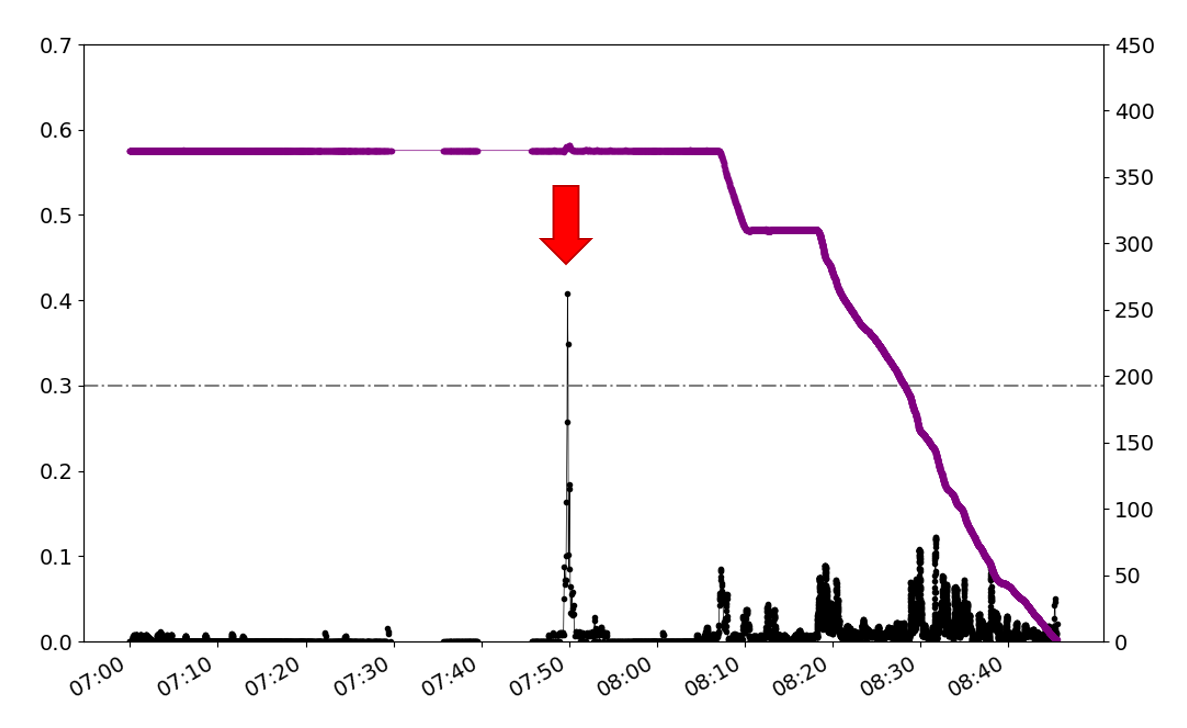
Figure 2: Time series of RMSVA (left axis, unit: g) with a peak at around 07:50 UTC. The right axis shows the aircraft altitude (in flight level, “200” means 20,000 feet above ground).
There are different types of atmospheric turbulence, which include convectively induced turbulence (CIT), and clear-air turbulence (CAT), among others. According to satellite observations, there were mature convective cells, some with overshooting tops (Figure 3) near the turbulence event time. The satellite animation clearly depicted the rapid growth of the convective cells over the Irrawaddy Delta, Myanmar (Animation 1). Meanwhile, lightning location data also recorded lightning activities over the region (Figure 4). Based on the weather observations above, the severe turbulence encountered was likely to be related to convectively induced turbulence (CIT), being either an in-cloud CIT, or an out-of-cloud CIT (sometimes referred to as near-cloud turbulence, NCT) (Figure 5).

Figure 3: Satellite cloud phase analysis of Japan Meteorological Agency’s Himawari-9 satellite imagery at 07:50UTC on 21 May. Different colours represent significant convective cells in different stages of their respective development life cycle.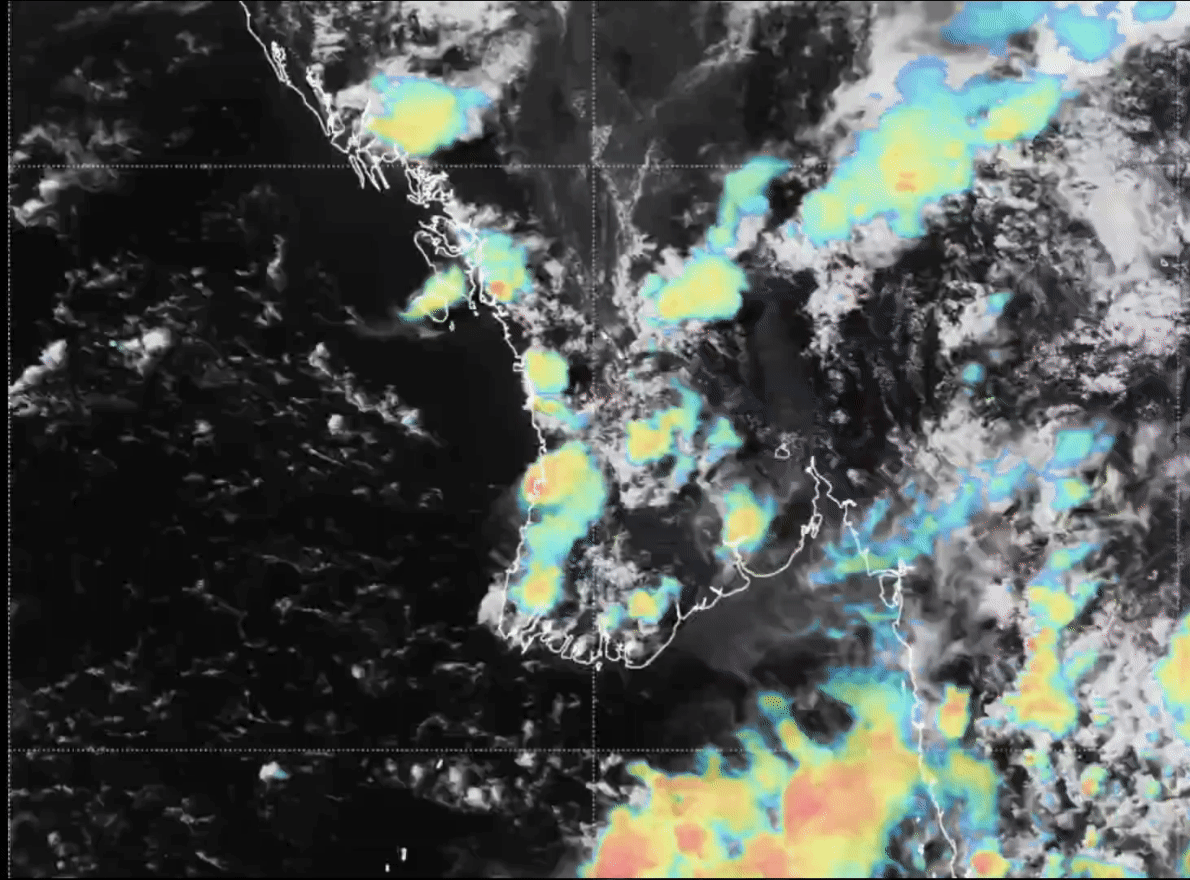
Animation 1: Animation of Himawari-9 satellite images from 06:30 UTC to 08:20 UTC. The reddening of the colours indicated the rising of cloud tops, i.e. growth of the convective cells.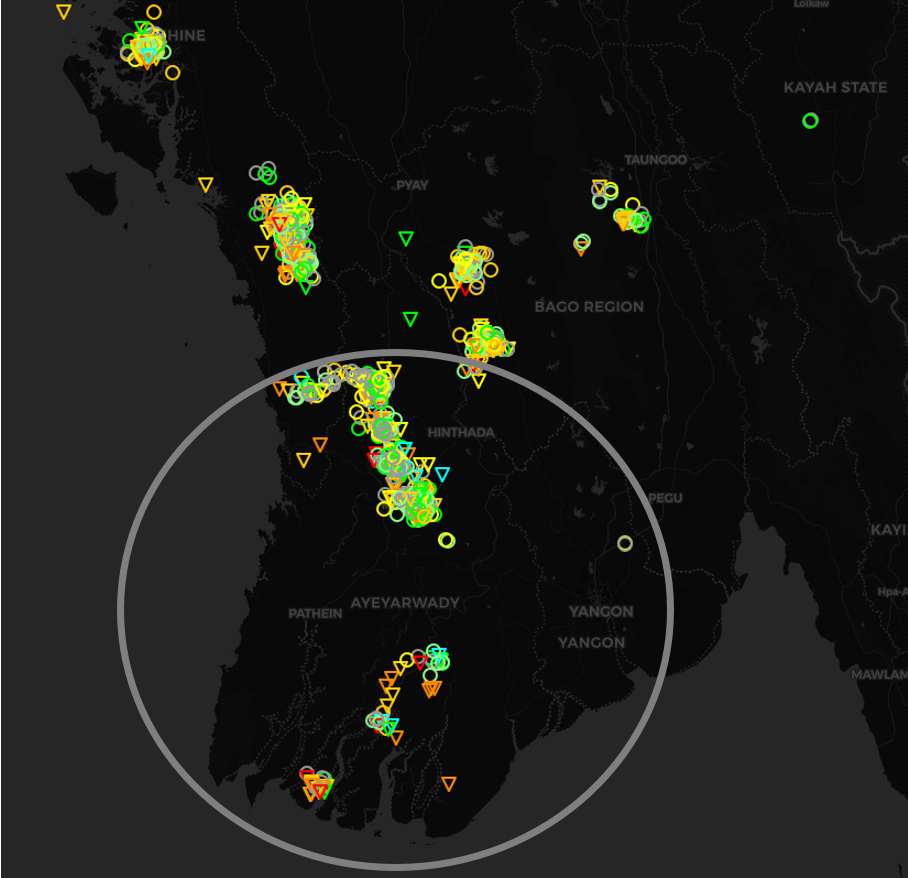
Figure 4: Locations of lightning detected between 07:45 UTC and 07:50 UTC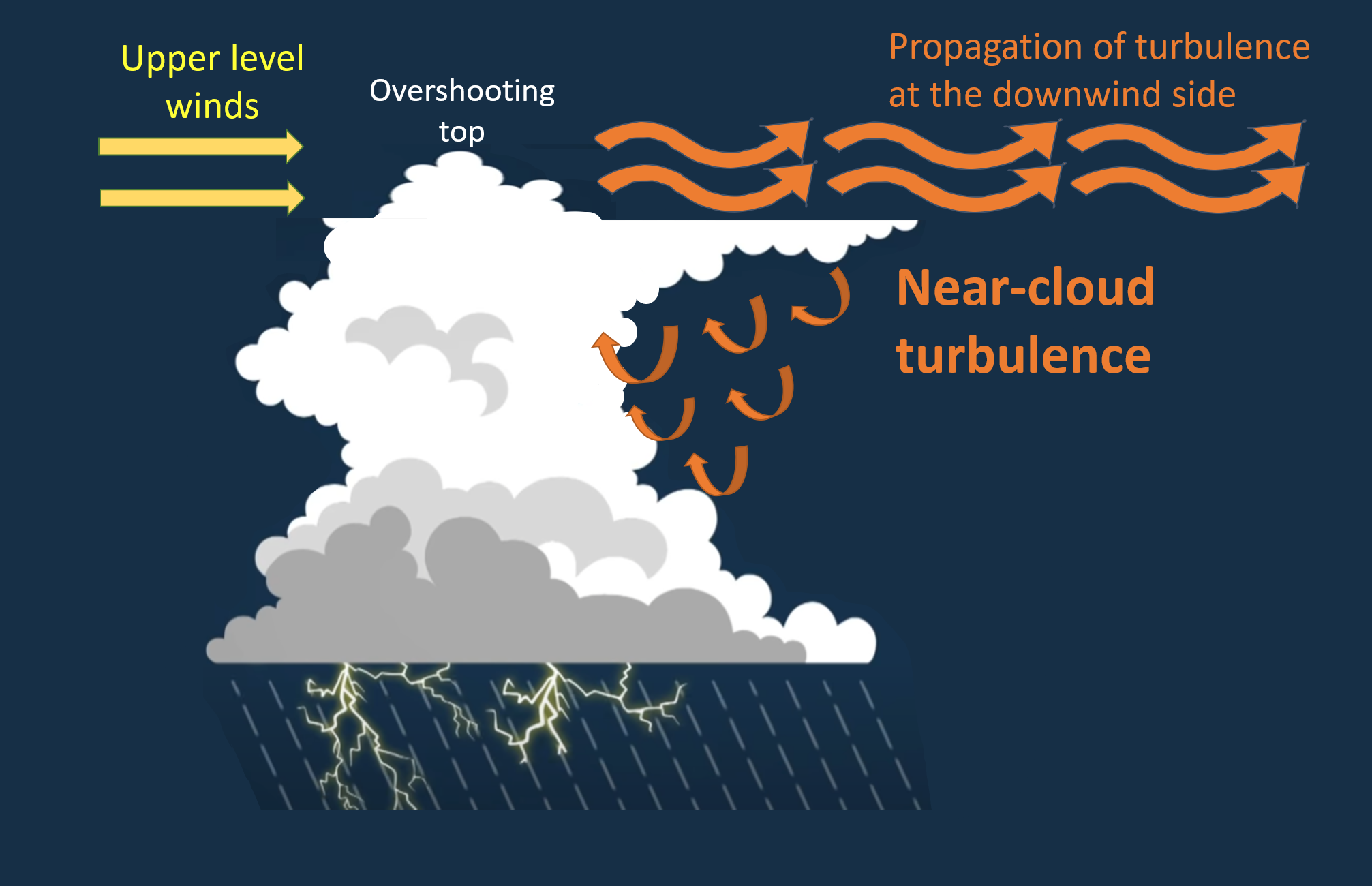
Figure 5: Illustration of the possible formation and propagation of turbulence near convective clouds
The Hong Kong Observatory (HKO) has been conducting research actively on aviation turbulence and significant convection, with an aim to enhance en-route hazardous weather information services for airline operators for ensuring flight safety. HKO has recently developed a seamless significant convection forecast system [3] through the blending of outputs from satellite nowcasting system with outputs from numerical weather prediction model. Figure 6 shows the blended significant convection forecast with 8 hours lead time has predicted intense convective cells (in yellowish colour) over the Irrawaddy Delta, which matched the actual satellite observations shown in Animation 1. HKO has also utilized deep learning model for auto-detection of atmospheric gravity waves from high-pass filtered satellite images [4]. The satellite image in Figure 7 successfully highlighted in yellow the region of CIT with the auto-detection model.
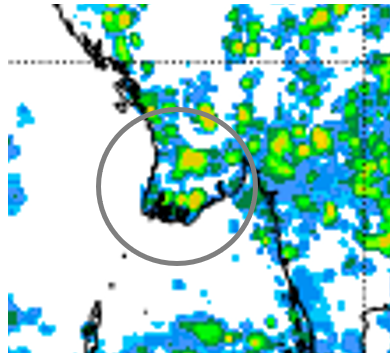
Figure 6: Significant convection forecast for 08Z 21 May, initialized at 00Z of 21 May, i.e. forecast with 8 hours lead time.
Figure 7: High-pass filtered Himawari-9 satellite image at 07:50 UTC on 21 May. Area highlighted in yellow indicates CIT identified by the auto-detection model.
In conclusion, preliminary analysis suggested that the severe turbulence causing injuries and fatality on Singapore Airlines SQ321 could be related to convectively induced turbulence[*]. Latest research [5] has suggested that turbulence is going to be intensified with more frequent occurrences globally in the future under climate change. At the time of writing, there was another severe turbulence event encountered by QR017 of Qatar Airways on 26 May, causing injuries on board during the flight from Doha to Dublin. Therefore, passengers on board are strongly advised to keep the seatbelt fastened when seated as far as possible, even though aircraft flying at the cruising altitude (typical at around 31,000 to 38,000 ft) are usually smooth and stable, for better protection against various forms of turbulence in the air. HKO will continue to work actively with the airlines to provide the latest weather information to the flight crew via the electronic flight bag for further enhancing aviation safety and efficiency.
Reference:
[1] Flightradar 24 data: https://www.flightradar24.com/blog/wp-content/uploads/2024/05/Flightradar24_SQ321_Granular_Data.csv
[2] Sharman R. (2016). Nature of Aviation Turbulence. In: Sharman R., Lane T. (eds) Aviation Turbulence. Springer, Cham. https://doi.org/10.1007/978-3-319-23630-8_1
[3] ICAO APAC MET/R WG/12 WP/08: Aviation Research and Development Project Phase 2 (AvRDP-2) https://www.icao.int/APAC/Meetings/2023METRWG12/WP08_A.I.4_HKG_AVIATION-RESEARCH-AND-DEVELOPMENT-PROJECT-PHASE-2-(AvRDP-2).pdf
[4] Development of deep learning model for auto-detection of atmospheric gravity waves https://www.hko.gov.hk/en/aviat/outreach/40th/detect-atm-gravity-waves.htm
[5] Kim, SH., Kim, JH., Chun, HY. et al. Global response of upper-level aviation turbulence from various sources to climate change. npj Clim Atmos Sci 6, 92 (2023). https://doi.org/10.1038/s41612-023-00421-3
[*] The cause of the fatality and injuries is still not conclusive as the incident is under investigation.